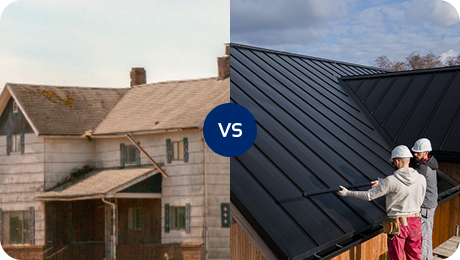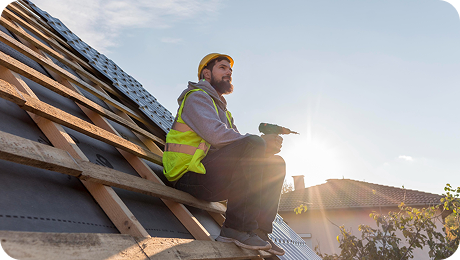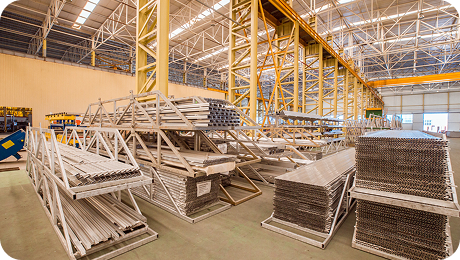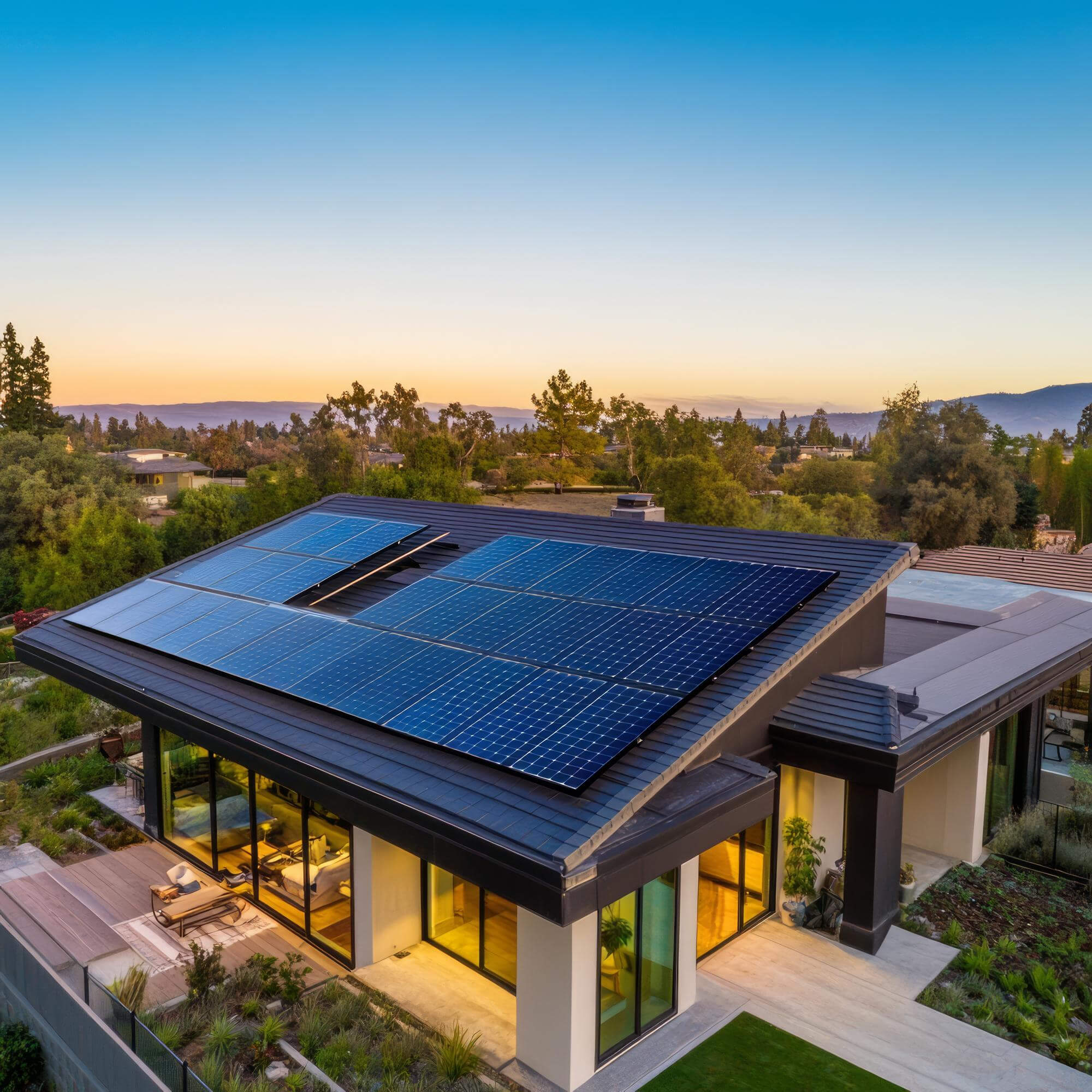Roof Repair vs. Replacement — How to Know Which You Need
Making the right call can save you thousands (and protect your home)

Not every roof issue means a full replacement
When you spot damage or see signs of wear, it’s tempting to panic and assume the whole roof has to go. But that’s not always the case.
Here’s how to know when a repair is enough — and when it’s time for a full replacement.
When a roof repair is enough
Small, isolated issues are often easy and cost-effective to fix.
You may only need repairs if:
- You see a few missing or cracked shingles
- There's a minor leak in a single spot
- A storm knocked a branch onto one section of the roof
- Your roof is under 10–12 years old and otherwise in good shape
Repairs are best when the overall structure is solid, and you’re not seeing recurring problems.
When it’s time to replace
If problems are widespread — or keep coming back — replacement is usually smarter (and cheaper in the long run).
You likely need a new roof if:
- The shingles are curling, cracking, or discolored in multiple areas
- You see granules collecting in your gutters
- There are leaks in several parts of the home
- Your roof is 15–20+ years old
- You're planning to install solar and want to avoid removing panels later
Pro tip: Factor in solar
If you’re going solar soon and your roof is older or borderline, it's usually more cost-effective to replace it now and roll the cost into your solar financing.
Not sure which way to go?
We offer free, honest assessments with photos and expert recommendations — no pressure, just clarity.











